A Man Called Otto is a drama/comedy featuring world-renowned actor Tom Hanks. Most of the movie takes place in suburban Pennsylvania, as Otto Anderson plans to take his life away after becoming a widower six months before the film’s events.
Many people question whether the movie was shot in Pittsburgh, Pennsylvania, however, as you’d expect with modern movies of today it’s not as simple as just one location being used for the entire movie. In this article, we’ll be breaking down many of the key locations used in the creation of A Man Called Otto.
All A Man Called Otto filming locations
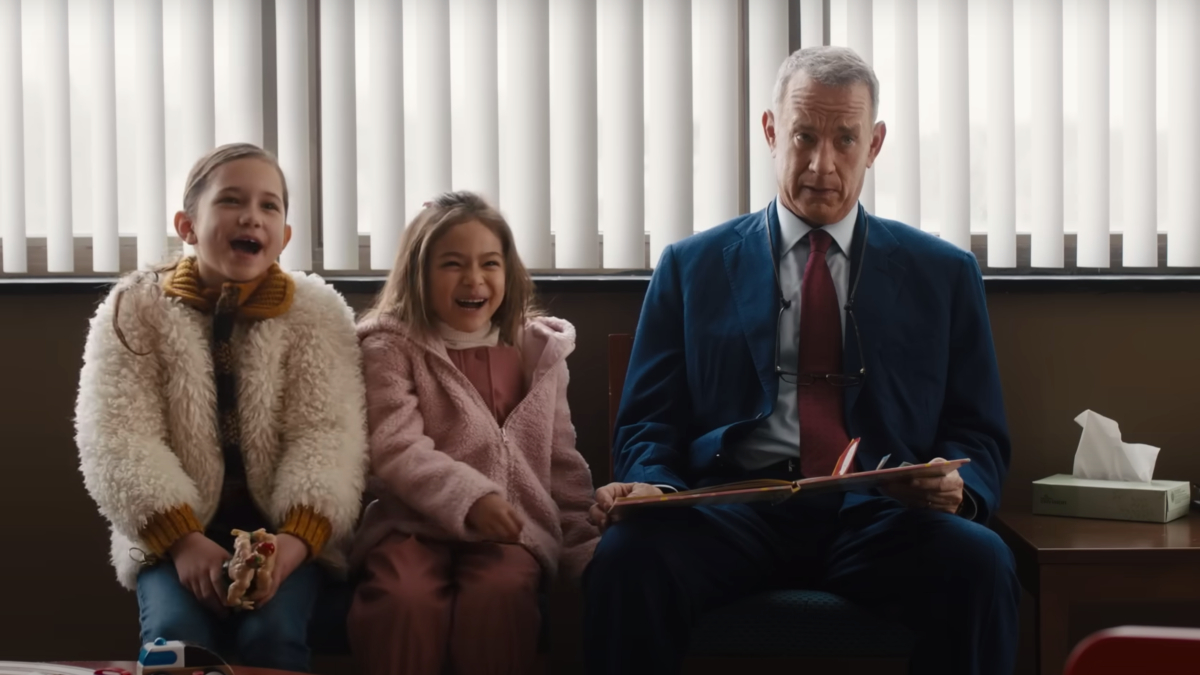
Like regular movie sets, A Man Called Otto has multiple film locations–including Pennsylvania. Here are some of the filming locations of the movie:
- Brecksville, Ohio
- Cuyahoga Valley National Park in Ohio
- Cuyahoga Valley Scenic Railroad Brecksville Station in Ohio
- Pittsburgh, Pennsylvania
- St. Thomas Episcopal Church in Oakmont, Pennsylvania
- Sewickley Cemetery in Pennsylvania
- Pittsburgh Theological Seminary in Pennsylvania
- Senior Center in Monroeville, Pennsylvania
- North Park in Pennsylvania
- Max’s Allegheny Tavern in Pennsylvania
- Toledo, Ohio
- Toledo Railway Station in Ohio
As you can see, the film took place in many locations to properly fit the story and setting of the movie. Locations have essential aspects when it comes to films as they can also affect the psychological mood of the story. Funnily enough, while the film may have used many locations, none of them were taken from the book that the film is based on.
Is A Man Called Otto based on a book?
A Man Called Otto is an adaptation of the book A Man Called Ove. The main difference is that the book is in Sweden, not Pittsburgh. There’s also a 2015 foreign film of the same title, which directly follows the book. The foreign film’s language follows the same plot but is told in a different language, Swedish and Farsi.
There are still a few differences between the two films. One of the significant differences in the American adaptation is that they heavily compressed the flashbacks compared to the Swedish version. Many differences boil down to preference, but both are good movies adapted from a good book.


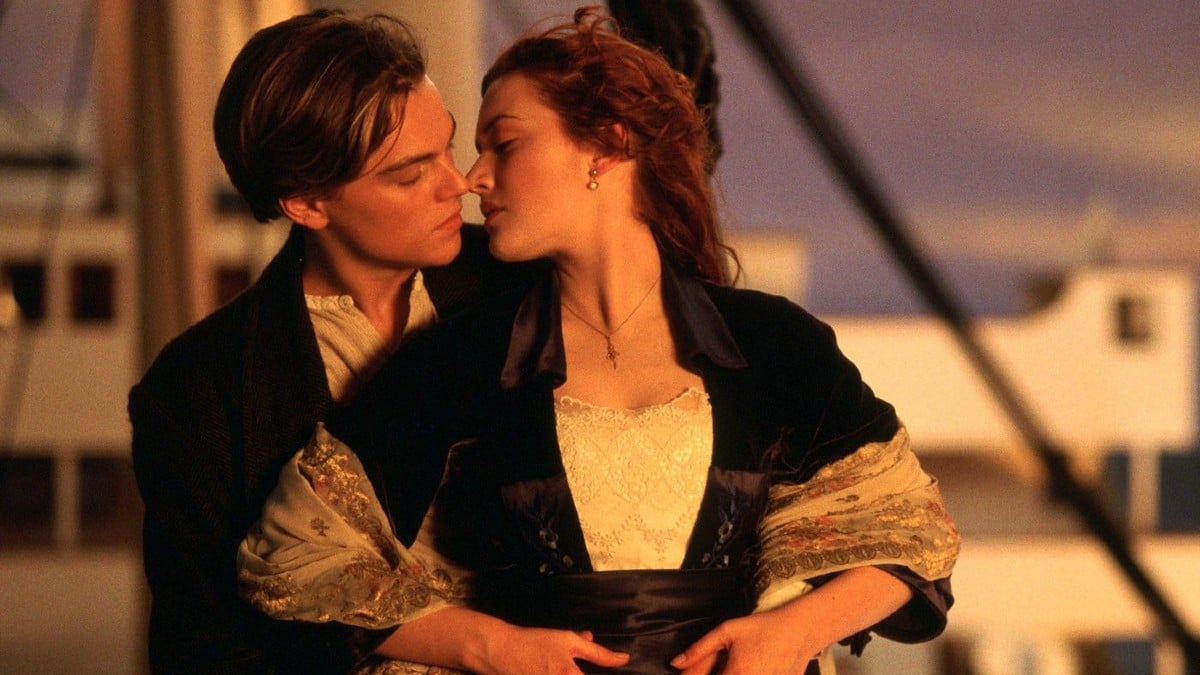
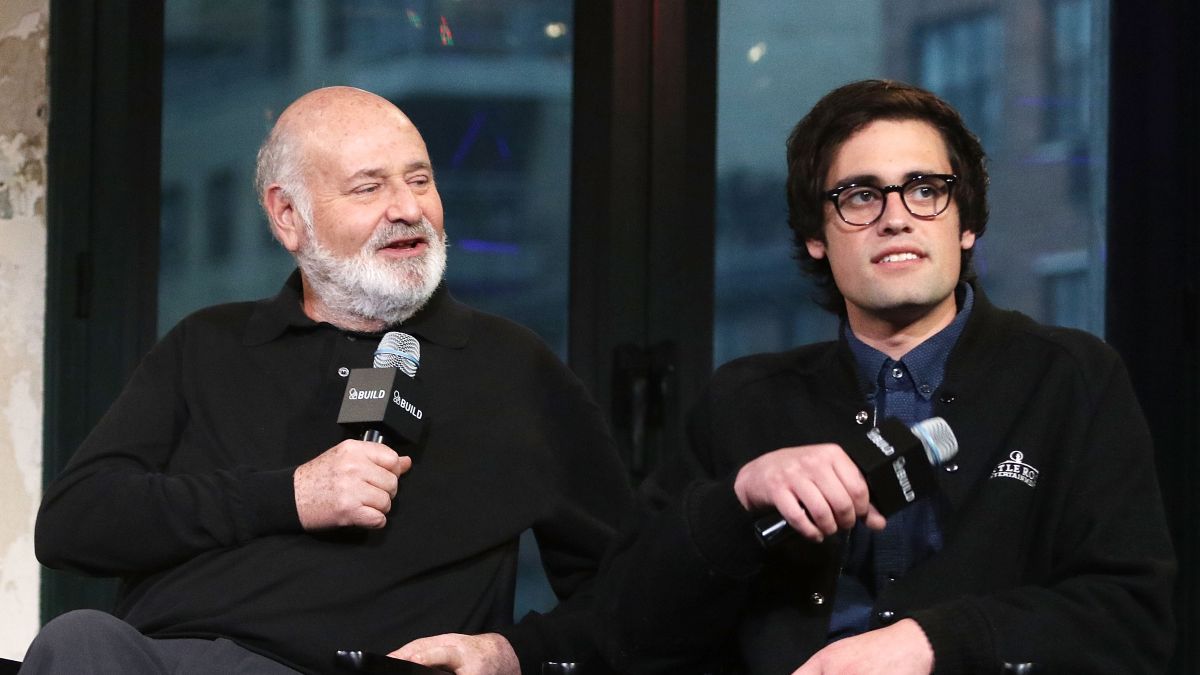
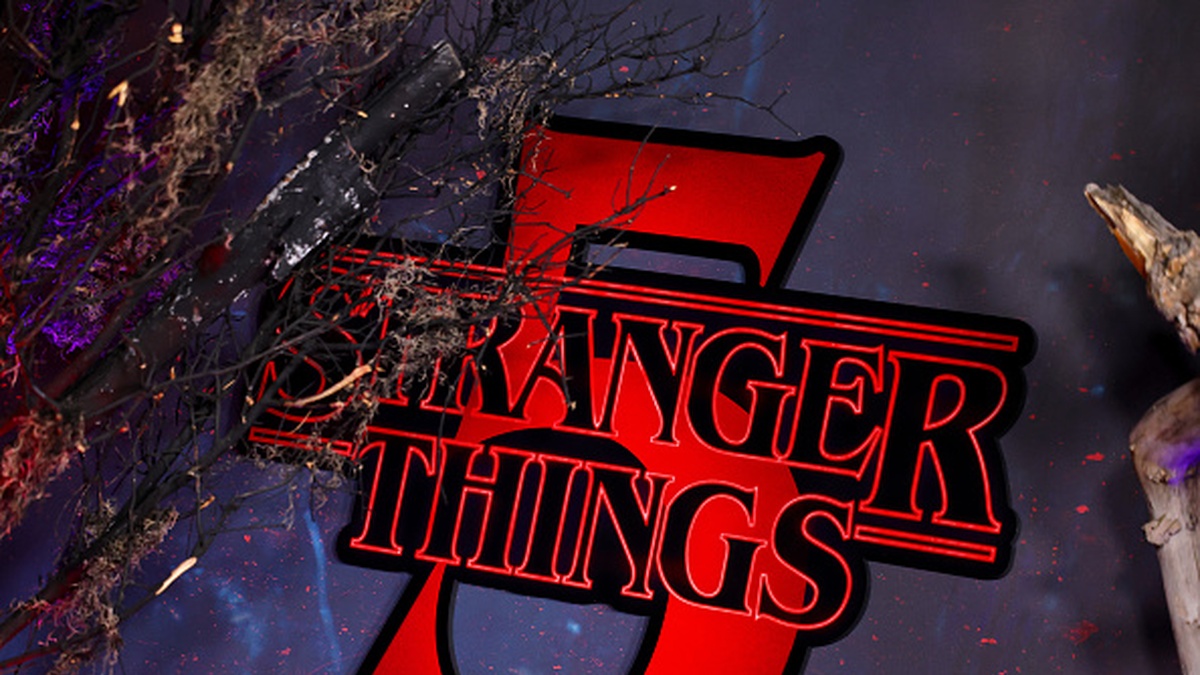

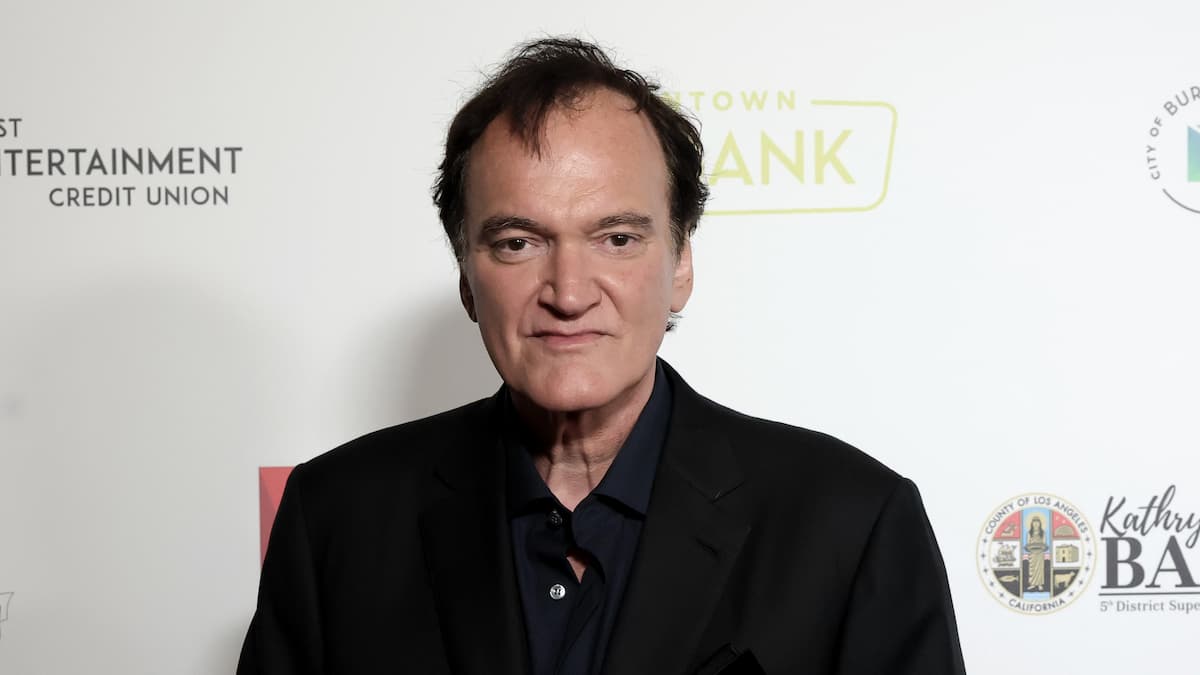
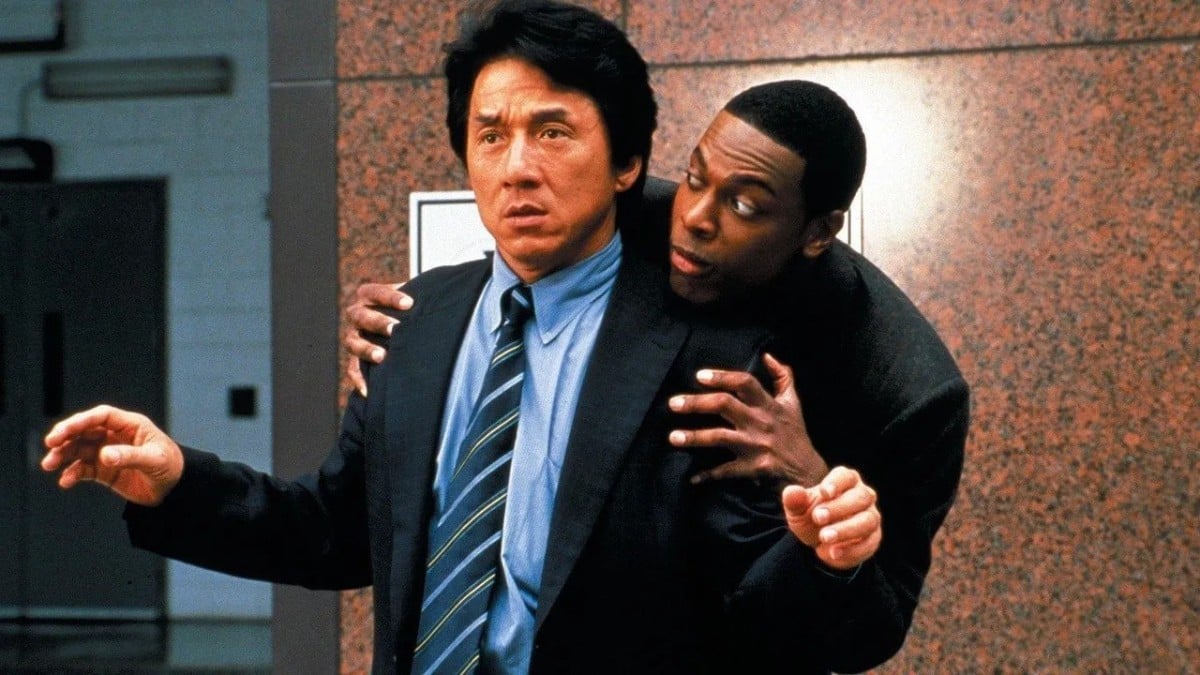
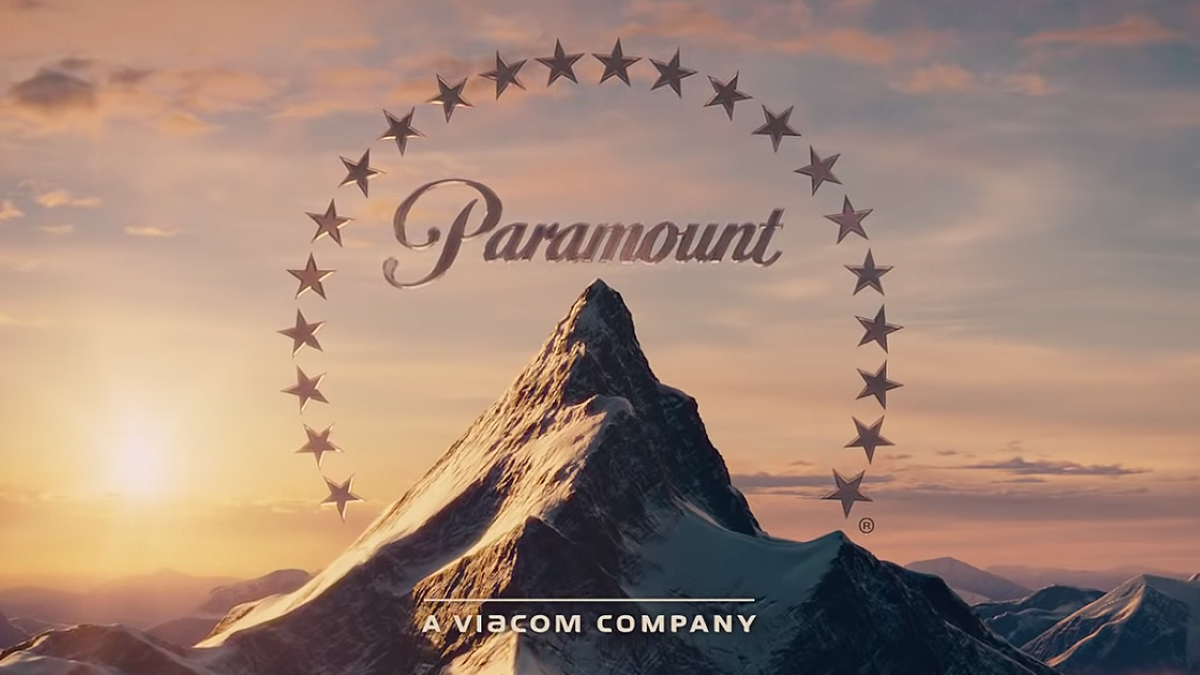
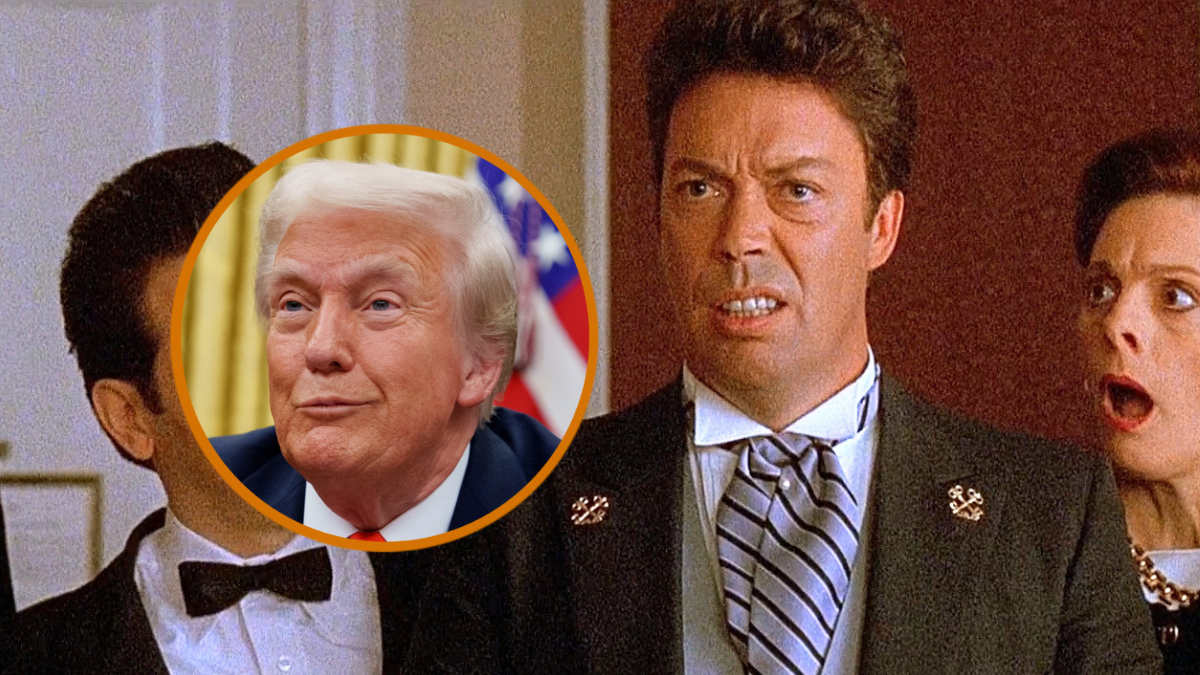
Published: May 2, 2023 08:31 pm